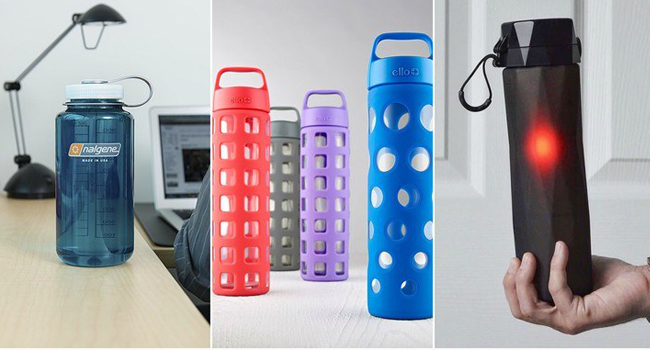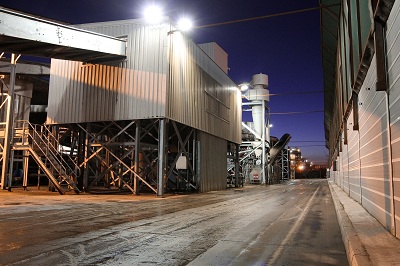 The close of the 20th century gave birth to a wave of energy focused on what’s
The close of the 20th century gave birth to a wave of energy focused on what’s
become the well-known and widely-discussed 3 R’s: Reduce, Reuse and Recycle. From family-friendly activities like creating recycling craft ideas, to commercialized developments, such as single-stream recycling and composting, green practices have gained traction around the globe.
For example, for those who don’t use reusable water bottles, they can still refill a used plastic bottle or dispose of it in a recycling bin, so that same plastic bottle may take new form as a park bench or a T-shirt in its next life.
But, what if you could convert that bottle back into the raw materials from which it was made? Many plastics are made through a process of treating crude oil or natural gas, and new technology has made it possible to revert plastic back into those materials.
Some types of plastics are costly or difficult to process, so new technology that handles these materials efficiently and economically provides another option for plastics recycling. Certain materials, like dirty grocery packaging, old computer cases or plastics from destroyed automobile waste, are difficult to separate, clean and recycle. But, thanks to new technology developed by companies like Agilyx, these hard-to-recycle plastics can be transformed into the crude oil they were made from.
Here at Waste Management and as part of this industry, I hear about a lot of new technology in the waste and recycling business. This technology is vital to the advancement of waste management, but I think Agilyx’s waste-to-fuel process is particularly pertinent in today’s discussions of fuel dependence and limited energy resources. Hard-to-recycle plastic waste can be transformed to crude oil with relative ease:
1. Ground waste plastic , or “feedstock,” is placed in the Plastic Reclamation Unit and heated until it melts into a liquid and then evaporates into a gas.
2. Using a combination of temperature and vacuum, that gas is pulled into chambers where it is cooled and condensed into synthetic crude oil.
3. Waste impurities are removed from the oil and lightweight gases that do not condense continue further downstream for treatment in the Environmental Control Device to ensure that the system meets the most stringent air quality requirements.
4. Condensed oil enters into a coalescing and settling process and is eventually transferred to an exterior aboveground storage tank.
5. Final synthetic crude oil is sold to a refinery, before being used as fuel in your car or heating oil in your house.
As we’ve seen the price of crude oil continue to rise, converting plastics into fuel is a cost-effective solution that transforms waste into a resource. According to the U.S. EPA, 30 million tons of plastic waste was generated in 2009 and only 7 percent of this waste was recycled. The 27.9 million tons of plastic that wasn’t recycled could have produced 6.2 billion gallons of synthetic crude.
Agilyx is not the only company developing waste-to-crude oil technology, and the applications for such technology expand from land to sea. For example, someday Agilyx may be able to use their processes to transform the floating gyres of plastic waste in the ocean into fuel. The possibilities are unlimited.
For consumers, the process is as easy as continuing to recycle plastics and asking your municipalities to collect rigid and mixed plastics if they don’t already. Agilyx is currently capable of converting 10 tons of plastic into approximately 2,400 gallons of oil per day, and the more facilities they build, the more impact they will have.
And just think, someday you may drive a car powered by your neighbor’s old PVC piping or plastic shower curtain.
Source : earth911.com








